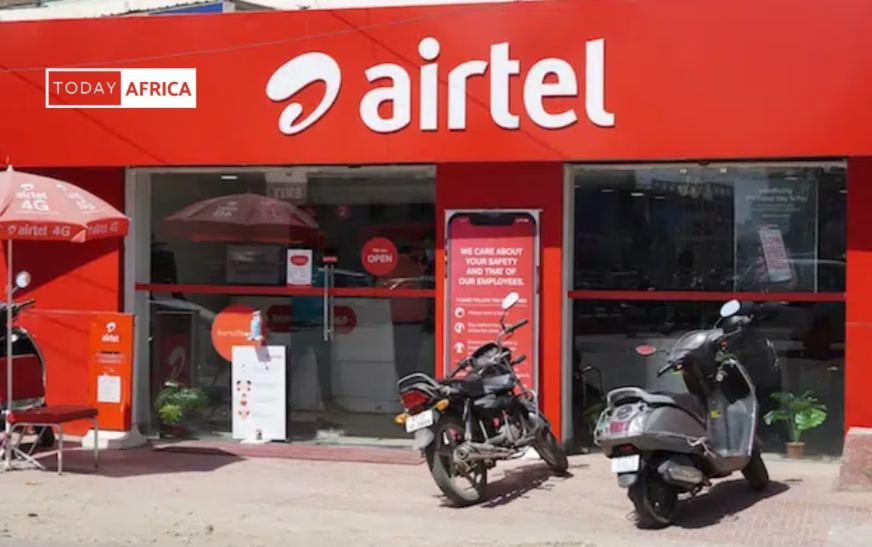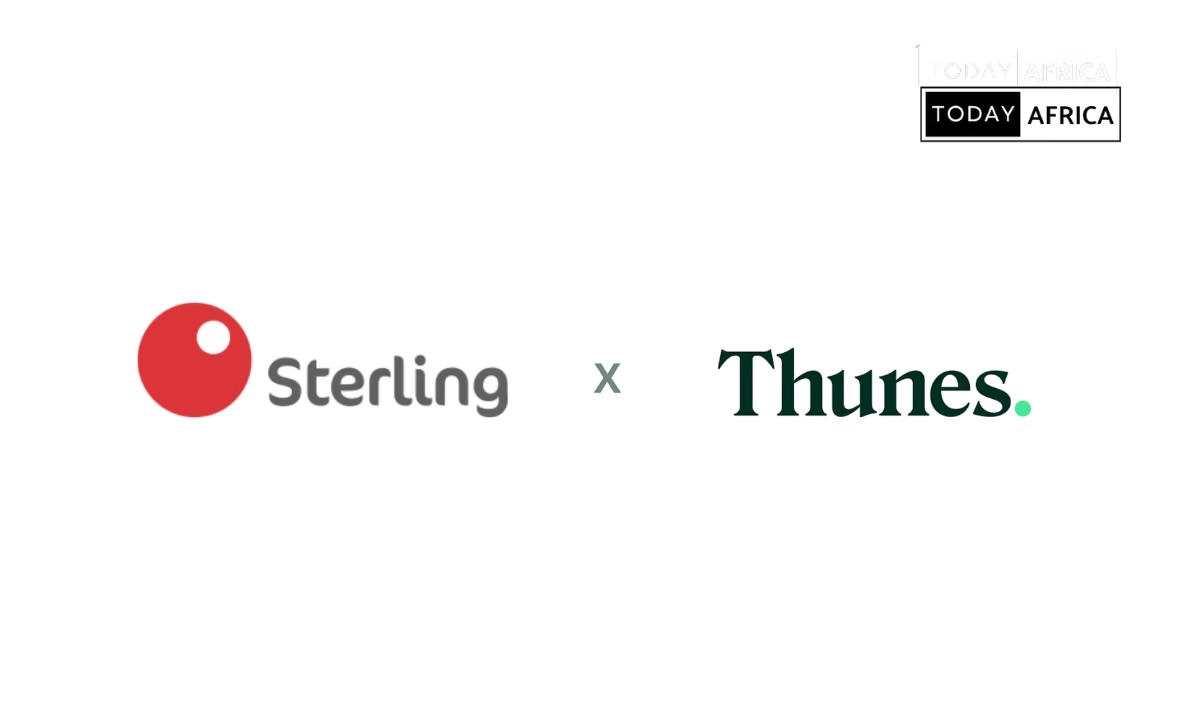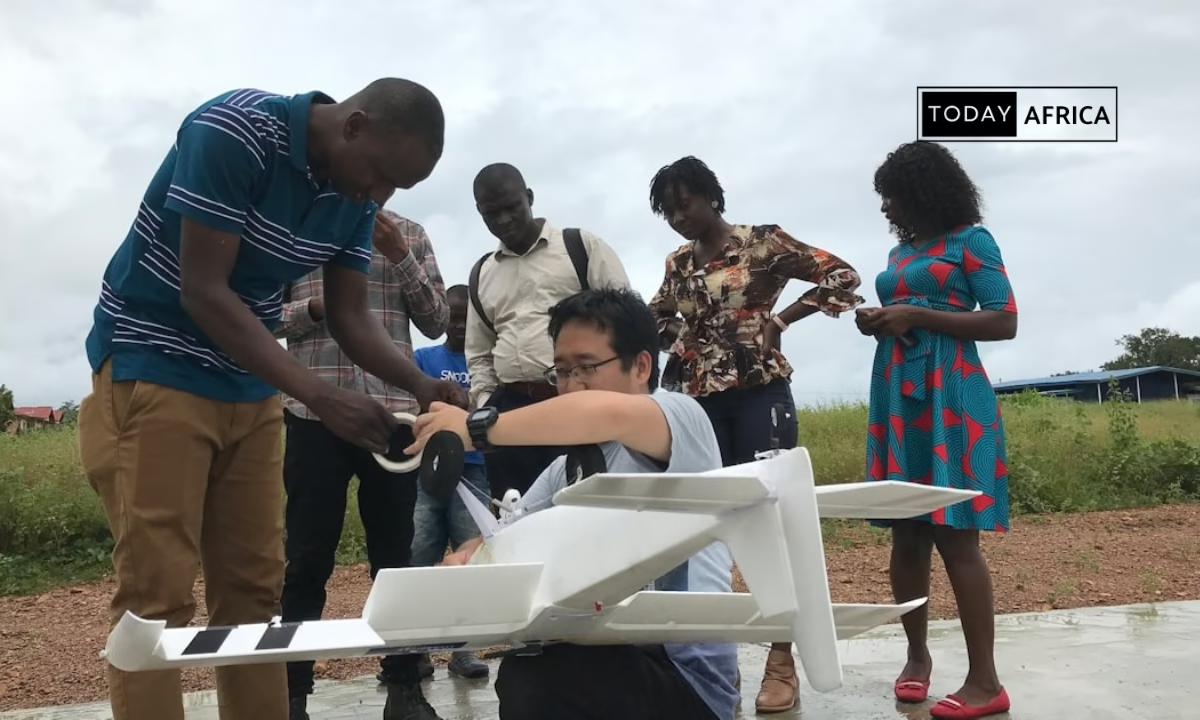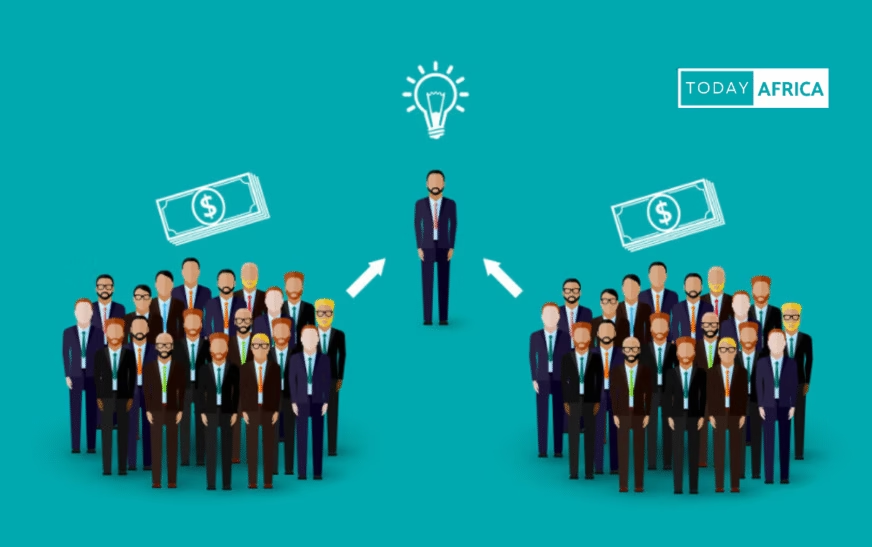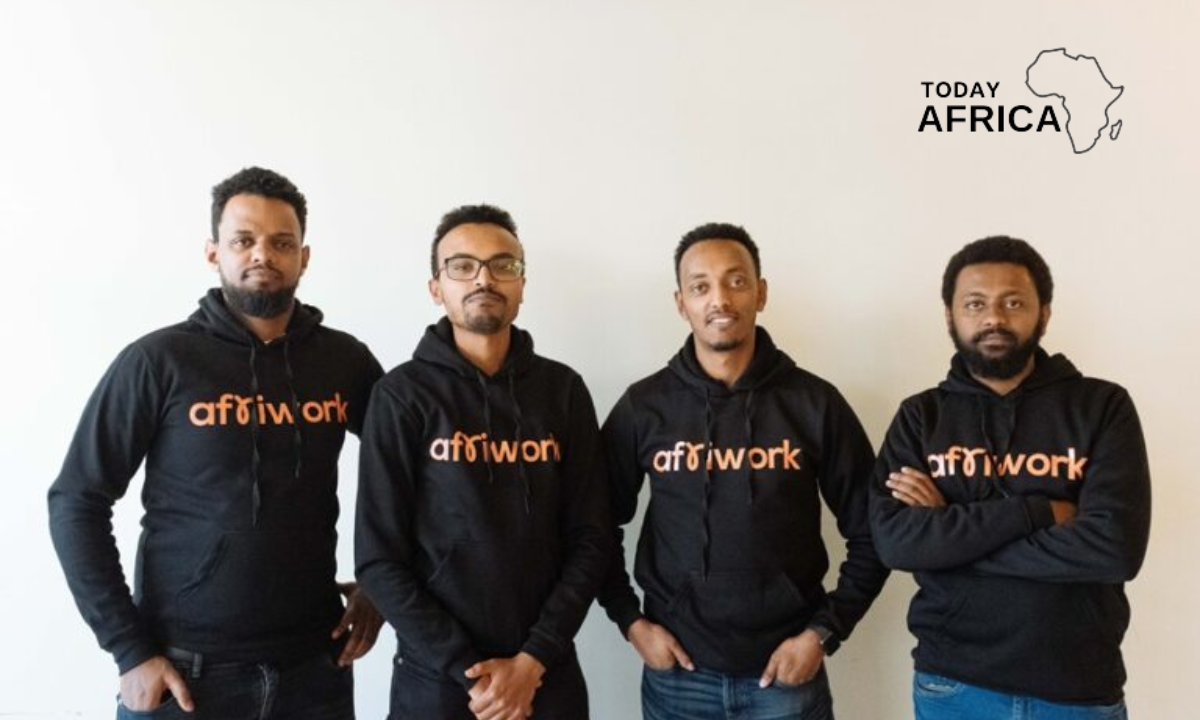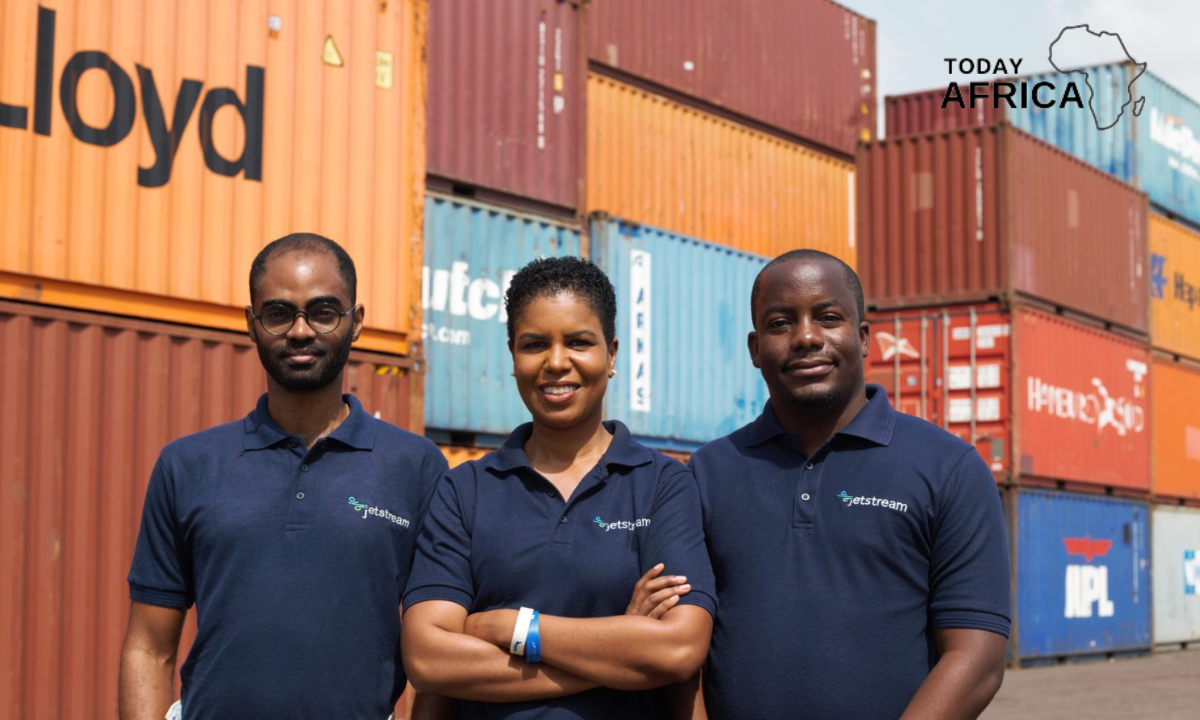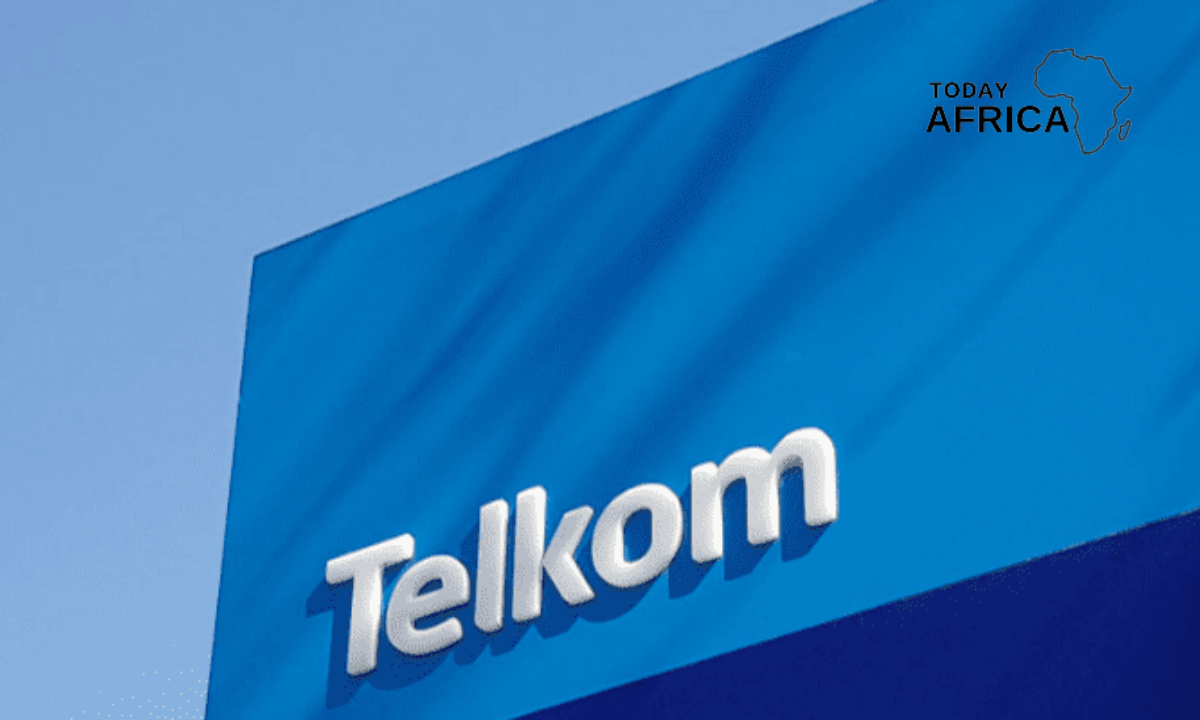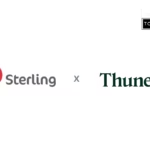Airtel Africa grows revenue in Q2 2025, but the telecom operator is cutting back on infrastructure spending. The revenue surged 22% year-on-year to $1.42 billion, fueled by strong performance in data and voice services.
However, capital expenditure (capex) dropped 18% to $121 million, marking the steepest decline in four quarters. This reduction raises concerns about Airtel’s ability to meet growing demand and maintain network quality across its 14 markets.
Regional revenue and capex (Q2 2025)
| Region | Revenue (Q2 2025) | Share of Total Revenue | Capex (Q2 2025) | Capex (Q2 2024) |
|---|---|---|---|---|
| Nigeria | $332M | 24% | $39M | $38M |
| East Africa | N/A | N/A | $43M | $77M |
| Francophone Africa | N/A | N/A | $31M | $23M |
Despite Nigeria’s status as Airtel Africa’s largest and most profitable market, investment there was minimal—just 1.7% of the group’s total capex.
In East Africa, investment fell 44% year-on-year, while Francophone Africa recorded a modest increase.
Annual capex trend
| Year (June–June) | Annual Capex |
|---|---|
| 2025 | $670M |
| 2024 | $737M |
| 2023 | $748M |
Quarterly capex (2025)
| Quarter | Capex |
|---|---|
| Q1 2025 | $214M |
| Q2 2025 | $121M (↓ 56% from Q1) |
The company attributes this spending slowdown to “timing differences”, hinting that certain projects were delayed and that future quarters may see higher investment. Airtel is maintaining its full-year capex guidance of $725M–$750M.
Read Also: SORA joins Africa’s $12 billion fight against malaria with AI-powered drones
Financial highlights (Q2 2025)
| Metric | Value | YoY Growth |
|---|---|---|
| Data Revenue | $549M | N/A |
| Voice Revenue | $533M | N/A |
| EBITDA | $679M | +30% |
| EBITDA Margin | 48% | (Up from 45.3%) |
| Customer Base | 169.4M | +9% |
| Data Users | 75.6M | +17.4% |
| Smartphone Penetration | 45.9% | (Up from 41.6%) |
| Average Data Usage | N/A | +47.4% |
Network infrastructure (Q2 2025)
- 2,300 new sites added.
- 2,700 km of fiber deployed.
- Total: 37,579 tower sites, each serving ~4,500 users (≈ 22 towers per 100,000 people).
While this ratio aligns with global averages (15–25 towers per 100,000 people), Africa’s rapid urbanization and rising demand for high-speed internet may require significant future investment
“We remain focused on improving customer experience. For example, we launched Airtel Spam Alert, an AI-powered tool to build trust and create a safer network. With smartphone usage still at 45.9%, we see plenty of room to grow and close the digital divide,” said Sunil Taldar, Airtel Africa’s CEO
Airtel Africa continues to position itself as a leader in digital and financial inclusion, expanding 4G coverage to 74.7% and extending its fiber backbone to 79,600 km.
However, persistent underinvestment in physical infrastructure—particularly in underserved markets—could slow its progress and risk the company falling behind its digital inclusion goals.
Leave a comment and follow us on social media for more tips:
- Facebook: Today Africa
- Instagram: Today Africa
- Twitter: Today Africa
- LinkedIn: Today Africa
- YouTube: Today Africa Studio

